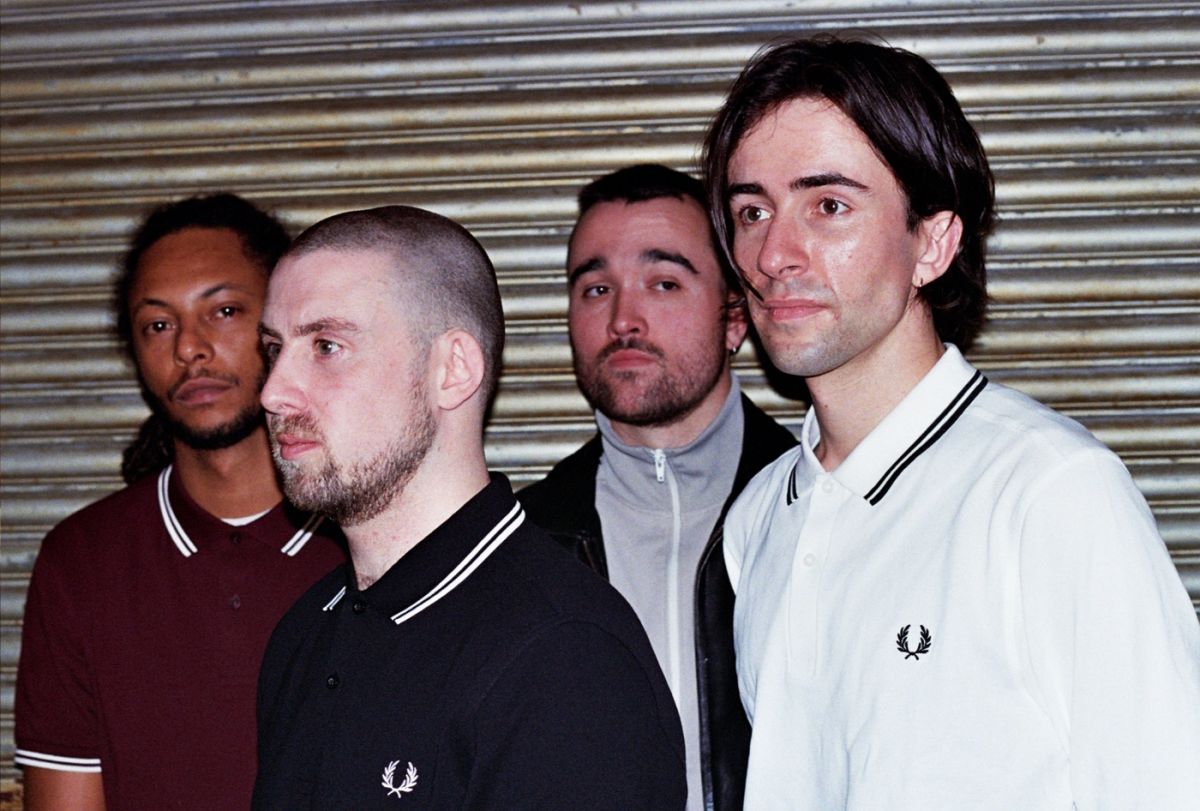“The other situation is that bar takes are much, much smaller now, even with a room full of people. People drink a lot less, and they’re far more health conscious. And I don’t care what anyone says: most venues lives depend on their bar takes, because a big percentage of ticket sales normally ends up with the artists. That hasn’t helped.”
Britain’s grassroots music venues (GMVs), and the musicians who play them, are in crisis. In 2024, one of those venues closed on average every week. MVT’s latest annual report, launched in January, highlighted what they describe as the “huge decline” in the lowest levels of the UK touring circuit. That is, the small- and medium-sized venues in which artists play their first gigs, learn the ropes, build an audience, build a future.
As the report put it: “In the 30-year period between 1994 and 2024 those touring locations have collapsed, with an average tour in 1994 including 22 dates and the equivalent tour in 2024 consisting of only 11 dates. Furthermore, touring in 1994 was spread across a range of 28 different locations across the country. In 2024, just 12 locations, all of them major cities, remained as primary and secondary touring circuit stops, acting as regular hosts to grassroots tours.”
More numbers from the report: last year the 30,000 people employed by those venues helped put on over 162,000 live music events. That equates to almost 1.5m individual artist performances, playing to a combined audience knocking on for 20 million music fans. MVT calculate that those events contributed £526 million to the UK economy. “However,” it wrote, “on average GMV’s, 33% of which are now registered as not-for profit entities – a 29% increase in not-for-profit registration since 2023 – operated on a profit margin of just 0.48%, with 43.8% of them reporting a loss in the last 12 months. This means that the sector as a whole effectively subsidised live music activity to the tune of £162 million.
And that’s before we calculate the value of the collective pleasure brought by those 162,000 music events. Because, well, that’s incalculable, right?





